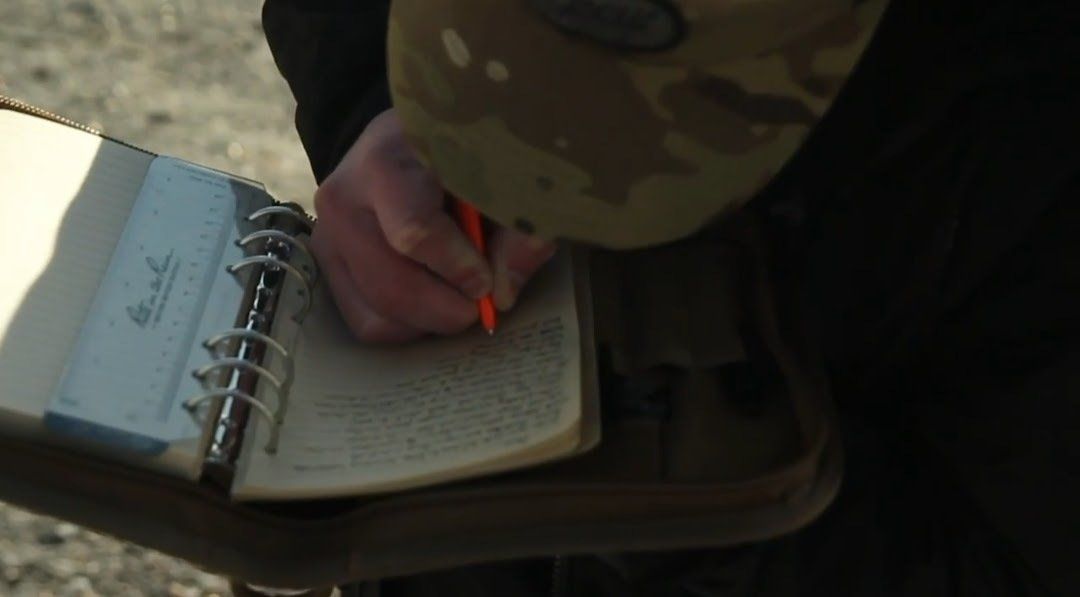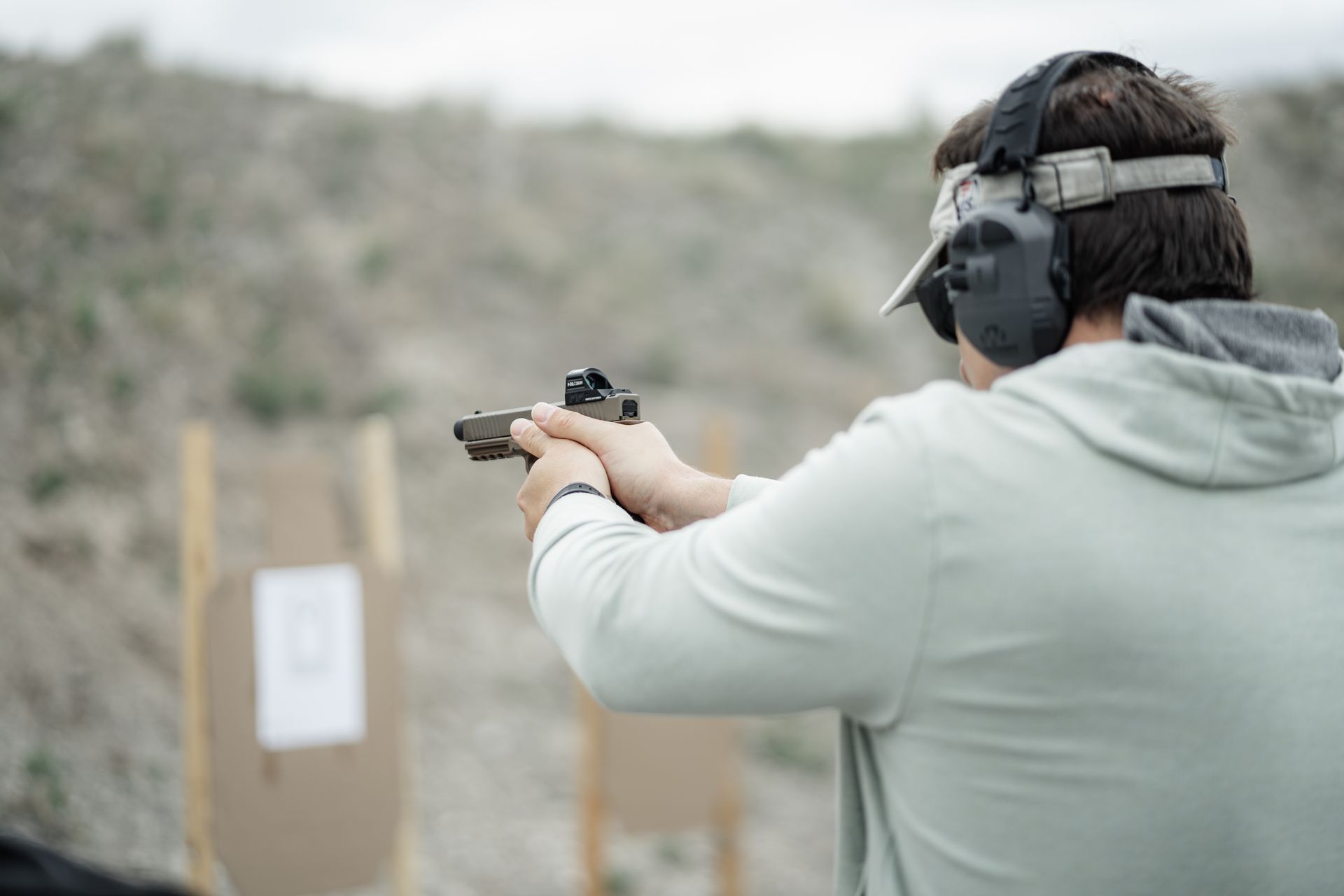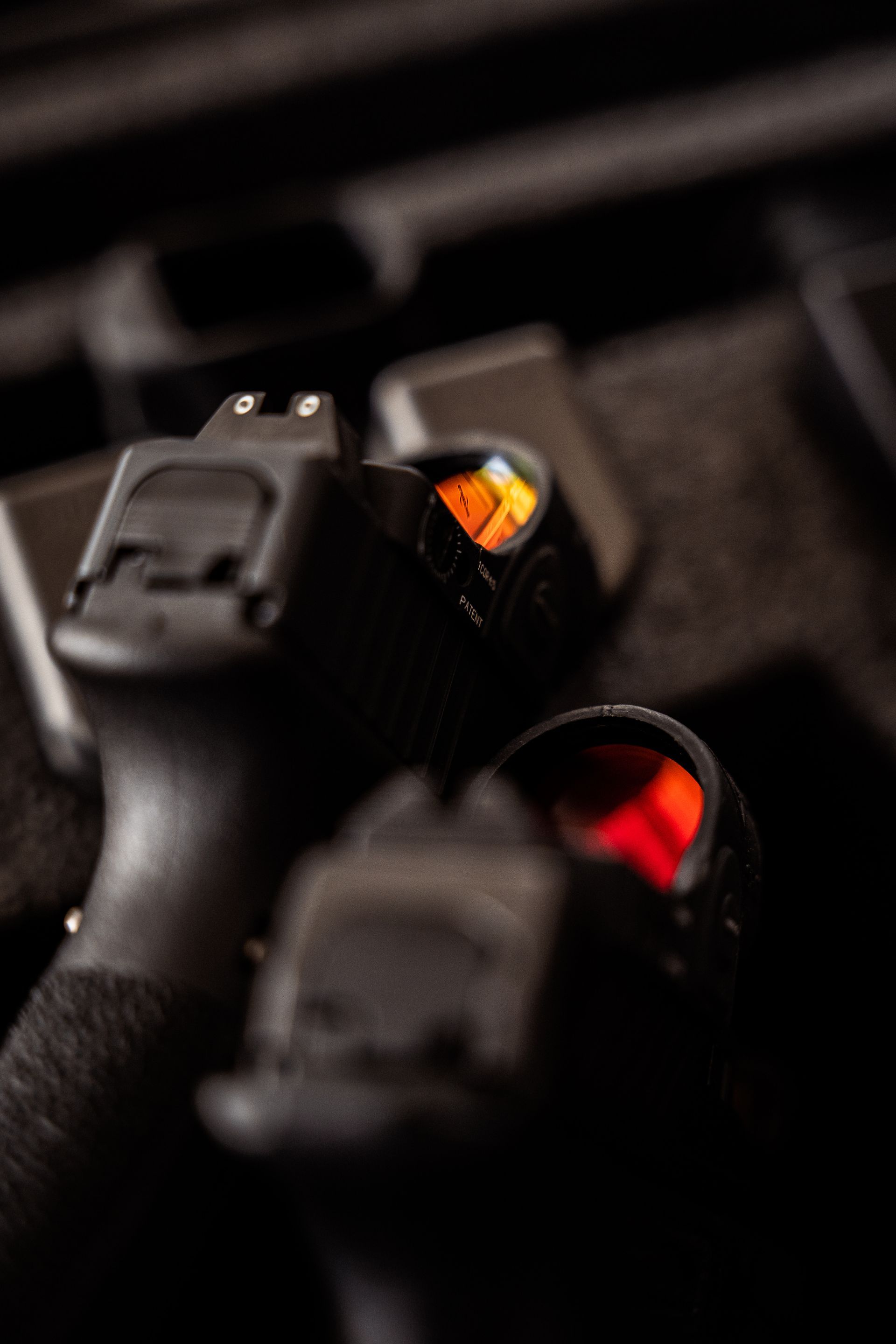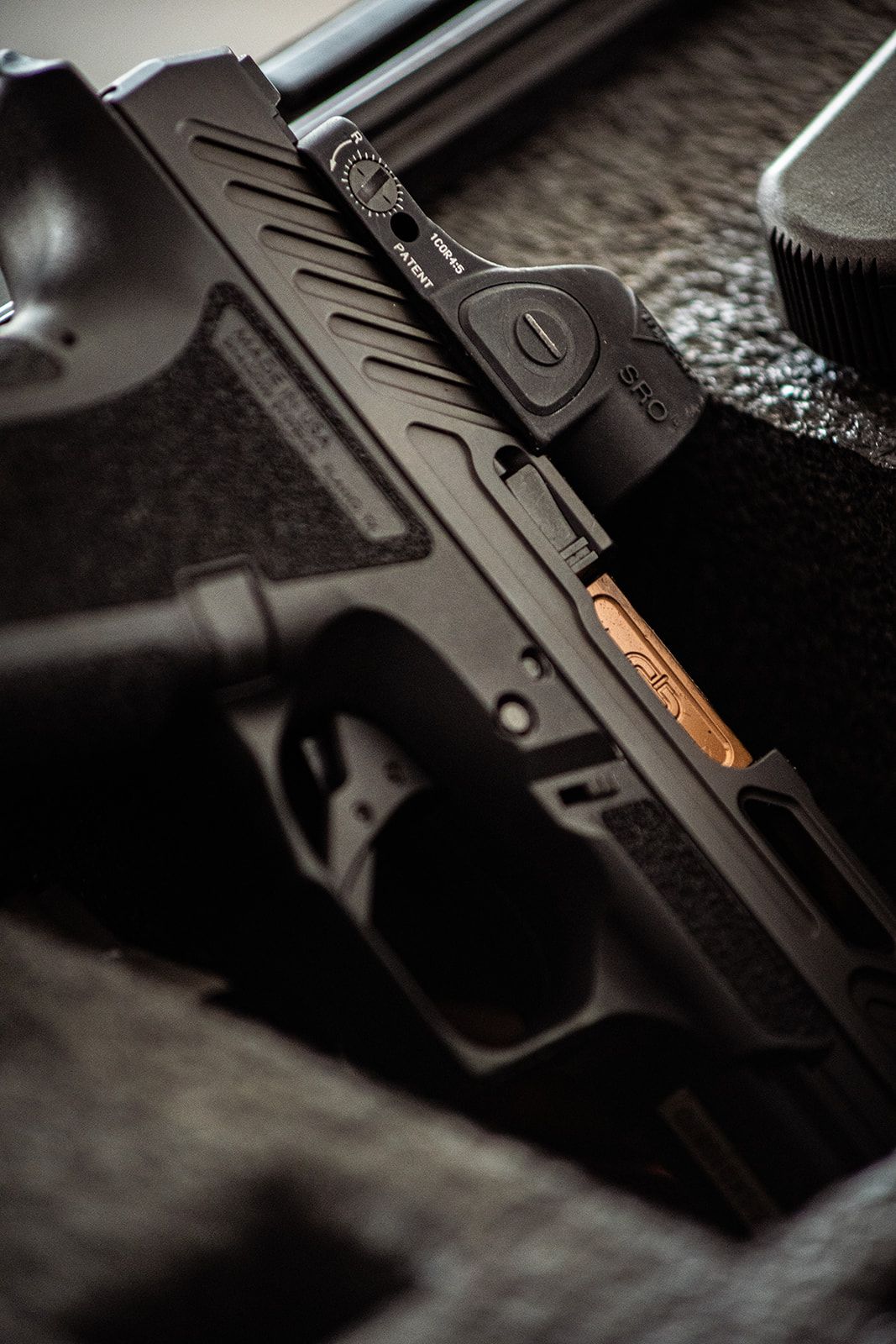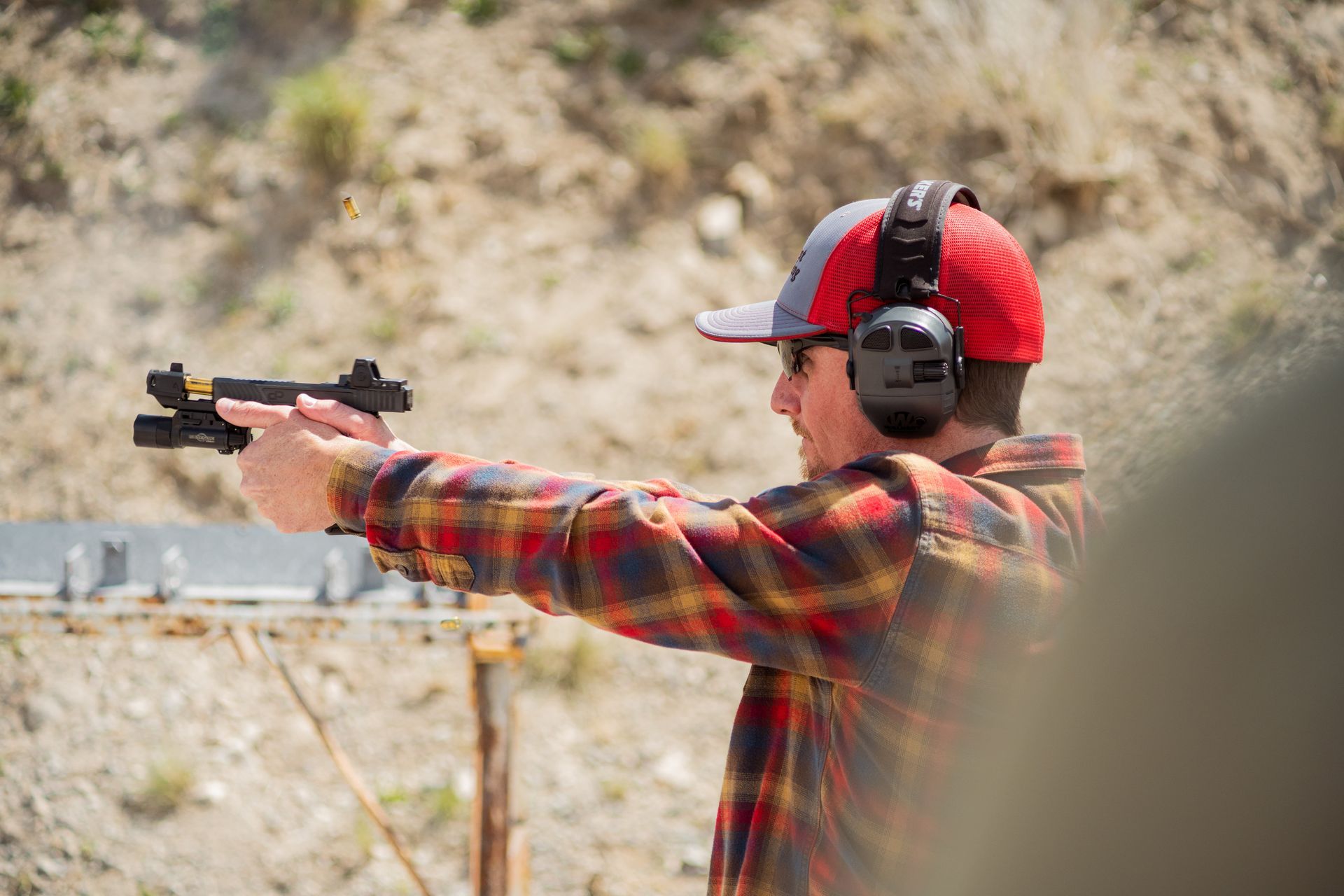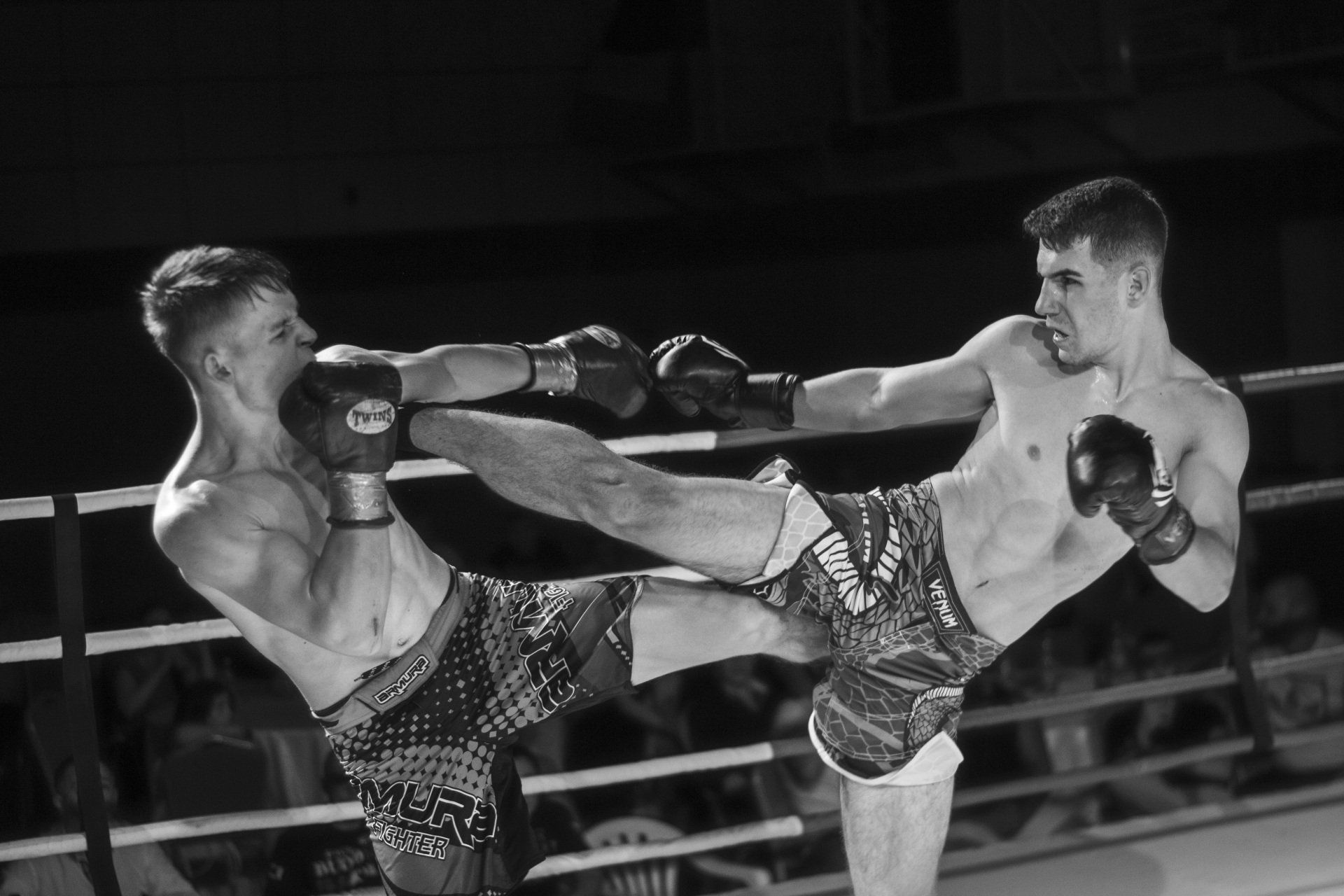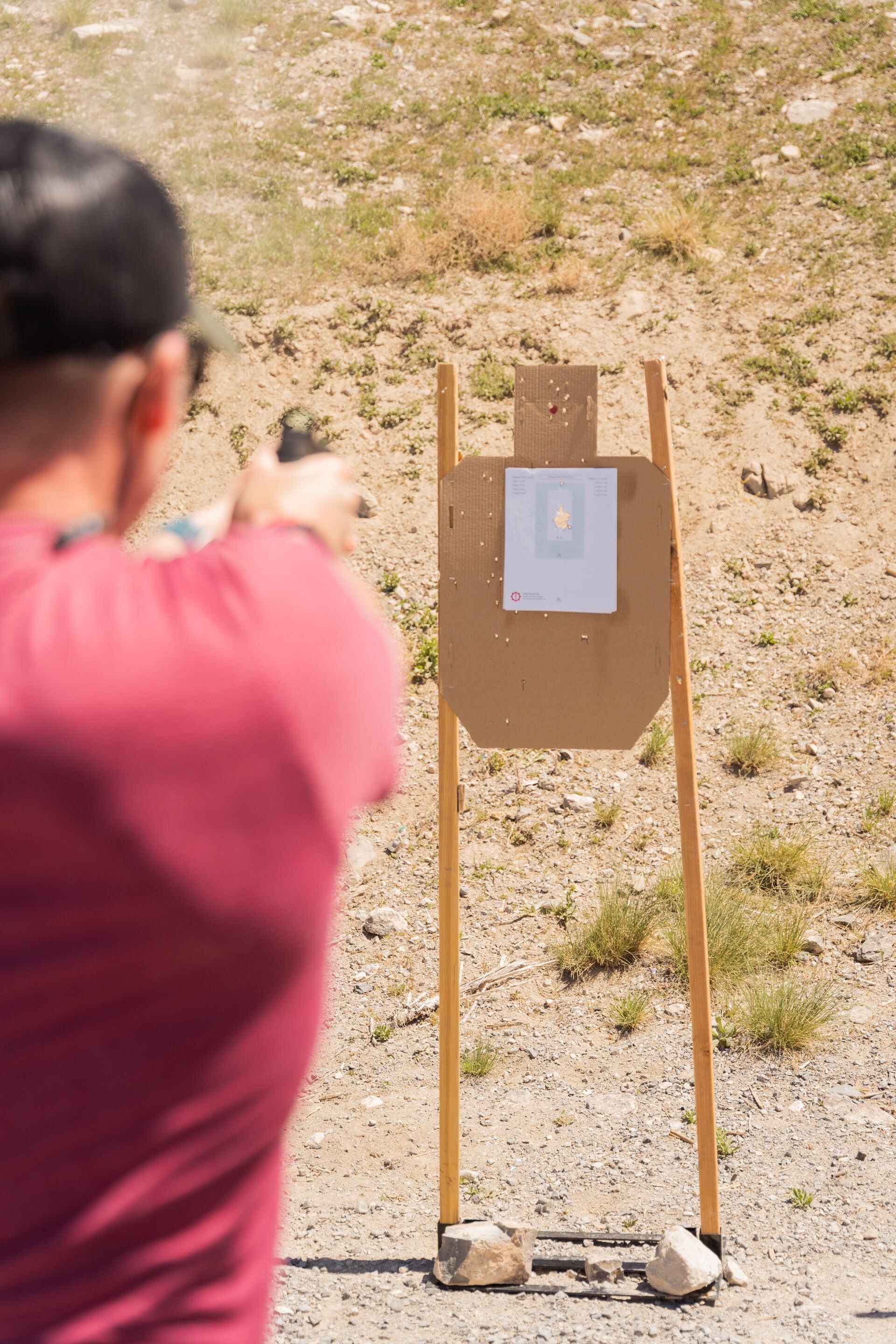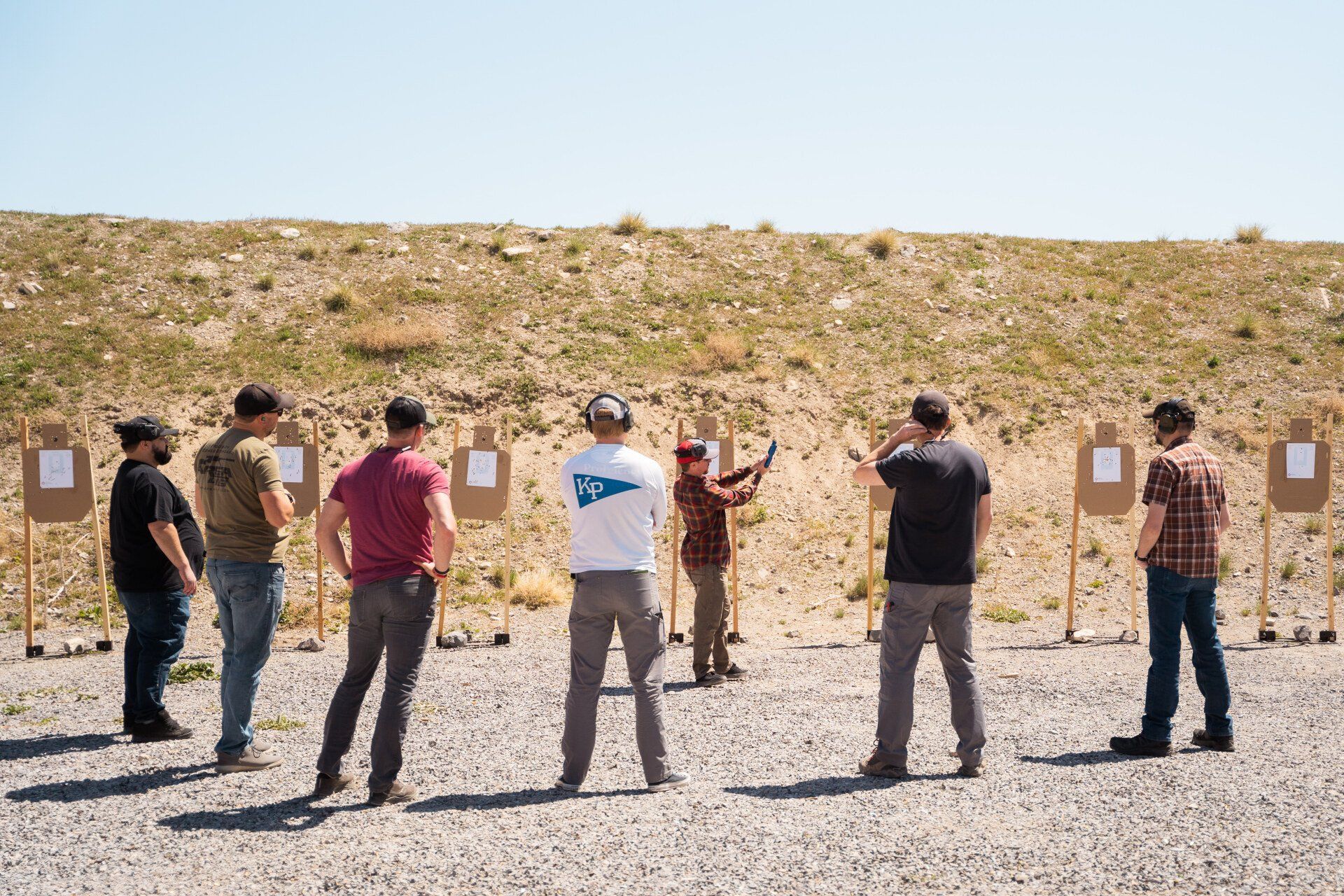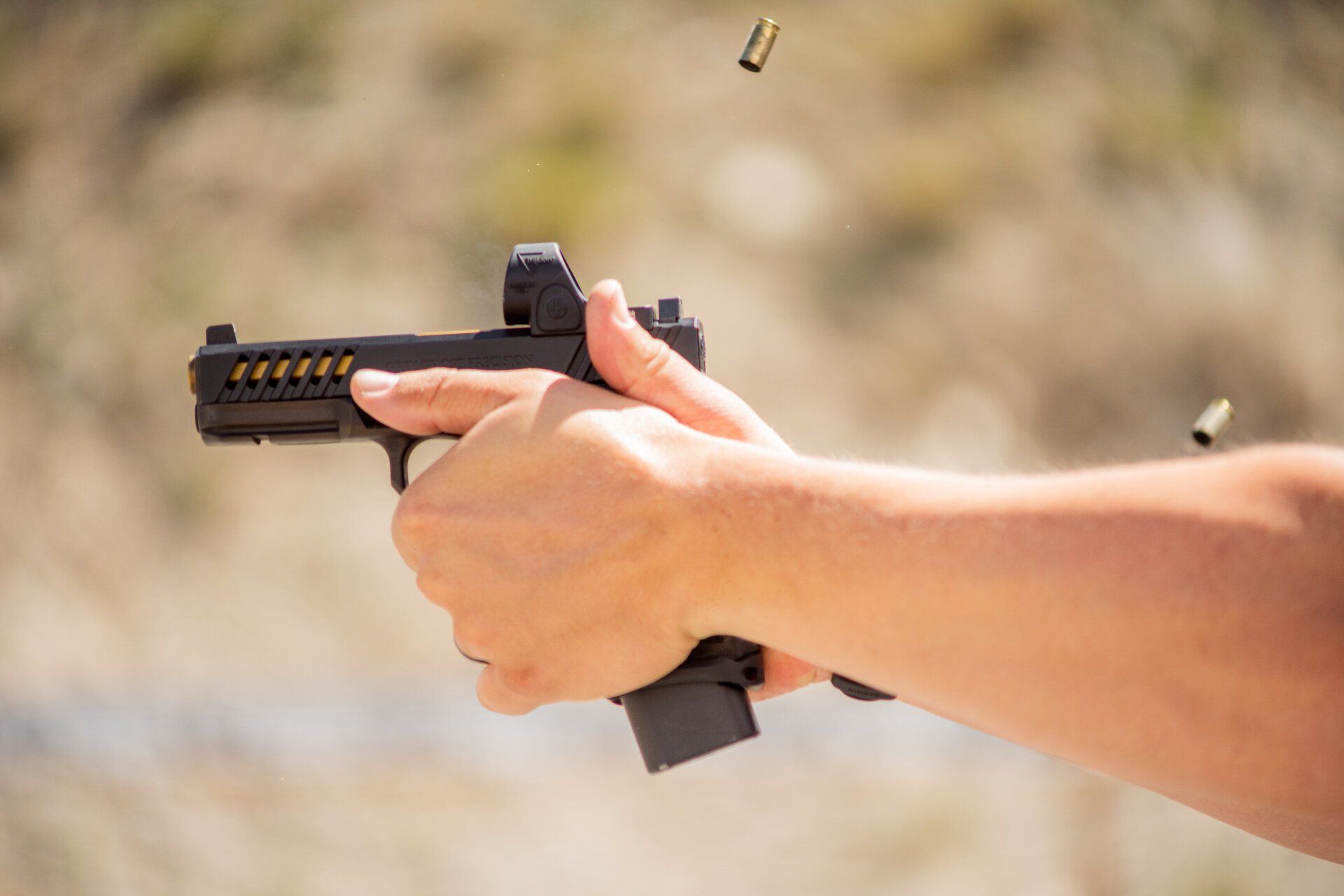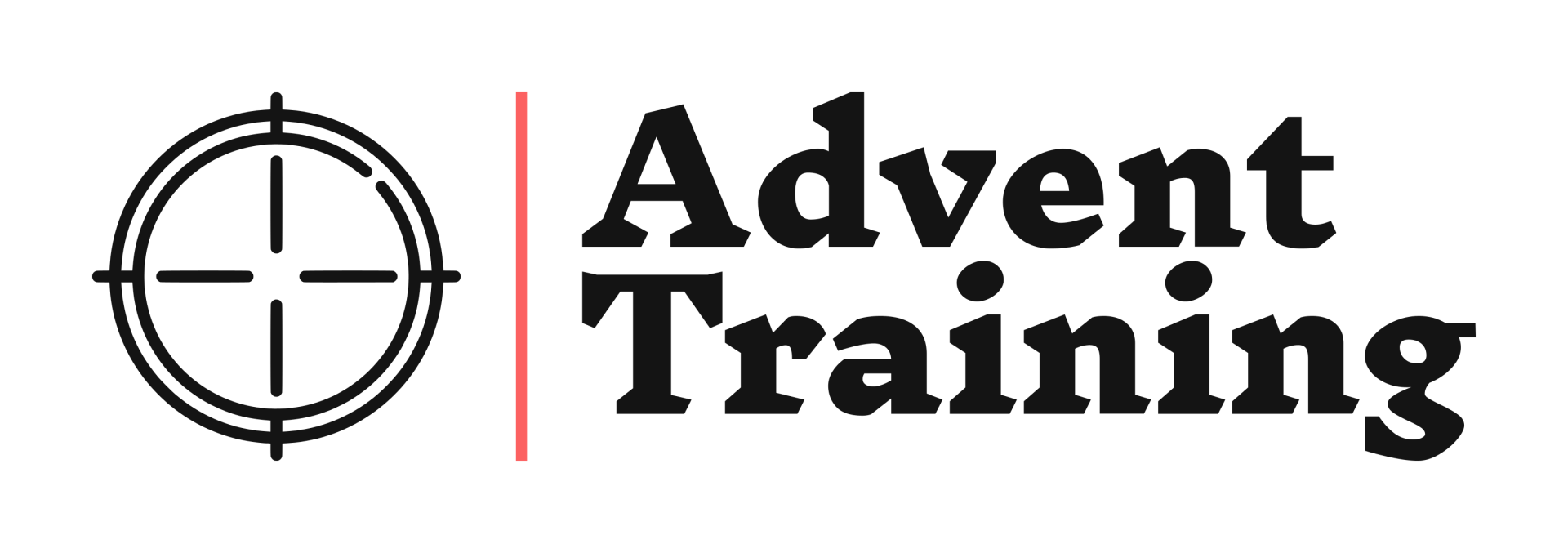Exploratory Versus Exact Shooting
Scott Garcia
June 12, 2024
What is Exploratory Shooting and How is it Different from Exact Shooting?

Shooting skills are crucial for both self-defense and competitive scenarios. Two primary types of shooting are exploratory and exact shooting. Understanding the differences and benefits of each can significantly enhance your handgun proficiency and overall shooting ability.
Exploratory shooting involves stepping out of your comfort zone to engage targets in a dynamic and sometimes less structured manner. This type of shooting pushes you to improve your vision, speed, and reaction time by forcing you to process and shoot faster, often through drills with reduced par times. Exploratory shooting often includes moving targets, varied distances, and unpredictable scenarios, requiring quick decisions and adjustments. This type of training is essential for defensive shooting, tactical training and in order to be a top level competitor in competitions.
Exact shooting, on the other hand, is precise and in a controlled manner. It focuses on accuracy and consistency, typically in a static environment. Shooters aim for tight groupings and exact shot placement on a defined target, which is critical for CCW (Concealed Carry Weapon) proficiency, competitive shooting and when establishing the handgun fundamentals.
The Benefits of Each Type of Shooting
Exploratory Shooting:
- Improves Adaptability: Helps shooters adapt to changing environments and unexpected threats.
- Enhances Situational Awareness: Develops the ability to quickly assess and respond to dynamic situations.
- Builds Confidence: Encourages shooters to trust their instincts and make rapid decisions.
- Pushes Limits: Forces you out of your comfort zone, improving vision, speed, and reaction time by practicing under pressure.
Exact Shooting:
- Increases Accuracy: Focuses on precise shot placement, essential for self-defense and competition.
- Builds Consistency: Reinforces good habits and techniques through repetitive productive practice.
- Enhances Control: Teaches shooters to maintain control over their firearm and shooting process by isolating on specific skills.
How to Practice Each Type of Shooting
Practicing Exploratory Shooting:
1.Dynamic Drills: Incorporate movement and varying distances in your drills.
2. Scenario Training: Simulate real-life situations where targets appear unpredictably. Used in Force on Force training.
3. Use of Cover: Practice shooting from behind cover and while moving between positions.
4. Reduced Par Times: Perform drills with shorter time limits to force faster processing and shooting.
Practicing Exact Shooting:
1. Static Range Practice: Focus on shooting at stationary targets from a set distance.
2. Slow Fire Drills: Take your time with each shot, ensuring perfect sight alignment and trigger control.
3. Grouping Exercises: Aim for tighter groupings on the target by isolating grip skills. This requires conscious focus on the grip strength being used throughout the entire drill repetition.
When to Use Exploratory Shooting Versus Exact Shooting in Your Game
Exploratory Shooting:
- Self-Defense Training: Ideal for preparing for unpredictable, real-life scenarios.
- Learning Tactics: Crucial for outmaneuvering an opponent in force-on-force training, where dynamic response is essential.
- Competitive Shooting: Essential for sports like USPSA or others which require fast movement and target processing.
Exact Shooting:
- Competitive Shooting: Essential for sports like bullseye shooting where precision matters.
- Proficiency Development: Important for developing fundamental shooting skills and techniques.
Examples of Both Types of Shots in Action
Exploratory Shooting Example:
Imagine a scenario-based drill where targets appear randomly, and you must engage while moving. This simulates a real-life self-defense situation, requiring quick reactions and adaptability. Additionally, performing these drills with reduced par times forces you to think and act faster, further enhancing your skills.
Exact Shooting Example:
In a bullseye competition, the shooter aims at a stationary target, focusing on perfecting each shot's placement. This scenario emphasizes precision and control, highlighting the importance of exact shooting skills.
Both exploratory and exact shooting play crucial roles in a well-rounded shooting skill set. By incorporating both types into your training regimen, you can enhance your adaptability, accuracy, and overall handgun proficiency. Join us at Advent Training to explore dynamic shooting techniques and refine your exact and exploratory shooting skills with professional guidance. Click
HERE to see a list of our course offerings.
Follow us on social media to see what we are all about!
